Public grills in park spaces play a crucial role in fostering community interaction and encouraging outdoor activities. However, their installation, maintenance, and usage require a thorough understanding of various regulations and standards, including ADA compliances, safety standards, and local government permits. We will outline the critical considerations for public grill placement, installation specifications, and the best practices for safety essential to fostering responsible communal amenities.
The Importance of Park Grills
Public park grills fill a valuable role as community gathering anchors. Whether hosting a large family reunion or simply grilling up lunch after soccer practice, these public amenities facilitate treasured outdoor recreation opportunities and neighborhood connections.
Well-designed park grills offer a dedicated space to:
- Bring residents together for celebrations, potlucks, and parties without having to reserve picnic shelters or indoor community spaces.
- Support camps, scouting events, church gatherings, and other group functions with a safe spot to handle food preparation.
- Accommodate those who may not have access to private backyards or balconies suitable for grilling at home.
- Provide a communal area for chance meetings with neighbors and strengthening community ties.
The installation of quality, accessible public grills promotes public health through engagement with the outdoors while supporting the social fabric of cities.

Local Regulations of Public Grills
Park grill installation codes, rules, and statutes can vary widely between jurisdictions, so familiarizing yourself with area specifics is critical when initiating any new public grill project. States, counties, and municipal zones each use different public grill regulations, including:
Local Park District Ordinances
- Approved fuels—propane, charcoal, or wood fires
- Permitted hours and nighttime use
- Minimum distances to trees and structures
- Reservation and group policies
- Community notification processes
City or County Building Codes
- Wind load rating for structures
- Non-combustible construction materials
- Foundation specifications
- Utility, drainage system integration
State and Regional Considerations
- In coastal environments, salt spray-resistant materials
- In certain states, earthquake standards must be met
- Extreme weather loading protections
National Standards
- Americans with Disabilities Act (ADA) compliance
- International Fire Code (IFC)
- American National Standards Institute (ANSI)
Cross-referencing all applicable statutes and undergoing reviews ensures community investments in public grills safely satisfy current governance while promoting public use.
Some best practice examples still override outdated local policies, so pursuing upgrades aligning with national standards facilitates broader, more equitable access. When planning installations, consult parks departments to navigate relevant regulations.
Optimal Park Grill Placement
Carefully siting new public park grills considers safety buffers, access, and community integration to serve all residents best. Ideal locations place grills in visible hubs able to accommodate anticipated peak capacity while guarding hazard zones.
- Prioritize visibility: Visible grills located close to playgrounds, trails, fields, and parking see the most use and easier monitoring. Avoid tucking amenities in distant corners.
- Group with complementary activities: Cluster grills among picnic tables and open lawn gathering areas. Nearby trash/recycling receptacles are also useful.
- Allow substantial clearance: 10-15 feet minimum from seating, 25 feet from play structures, and 50 feet from forested areas.
- Enable accessible paths: Connect via accessible sidewalks and paved routes without stair obstacles.
- Distribute evenly for capacity: Larger parks may install 3-5 standard height grills and 1-2 ADA-compliant grills.
- Prevent dangerous proximity: Keep ample distance to trees and vegetation, wooden structures/decks, underground utilities, or leaking gas lines.
Proper placement guidelines evolve with expansions and renovations. Assess usage patterns annually to meet community needs using the newest codes and standards. Signage also reinforces any restrictions.

How Are Public Grills Securely Installed?
Proper public park grill anchoring and assembly not only meets standards but also deters vandalism and accidents. Masonry mounts, steel stands, or embedded footings anchor units, joined by sturdy hardware, are able to withstand season after season of heavy communal use.
Typical Equipment
- Core grill unit (charcoal basin, cooking grate, hood)
- Mounting stand/pedestal or masonry housing
- Base plate or foundation framework
- Anchor bolts, J-hooks, hammer-in stakes
- Hardware (screws, fasteners, hinge pins)
- Tools (impact drill, wrenches)
Assembly Process
.png)
- Prepare concrete pad or footing site to specifications
- Position and level the base plate
- Align grill unit to stand or housing
- Insert and fasten anchor connections
- Allow curing time before use
- Have an inspector validate the stability
Nearby picnic tables and park benches require similar security measures, with metal frames bolted onto concrete pads flush to the ground.
For long-term safety, recheck anchor tension seasonally as frost heaving can loosen initially tight footings. Ongoing maintenance logs track re-torque schedules after the build. Well-constructed grills support years of reliable community use. While costly upfront, quality materials, and professional-grade security measures save taxpayer dollars over time compared to replacing vandalized or unstable units.
Fire Safety and Park Grills
It's important to understand the significance of fire safety with park grills. Ensuring safe public park grills encompasses more than proper initial installation—it requires deliberate safeguards built into equipment plus sustained operational oversight. Meticulously designed safety measures coupled with rigorous inspection and maintenance practices keep grills securely functioning for carefree community enjoyment.
Key elements include:
- Enclosed ash collectors, ventilation, and durable materials resisting damage or misuse during design stages.
- Fire protection features like spark arrestors, and non-combustible construction.
- Professional commissioning reviews validating stability, utility connections, and access routes pre-opening.
- Routine maintenance like clearing debris, checking anchors, and removing vegetation encroachment.
- Formal annual, third-party safety inspections assessing equipment, clearance zones, and any deterioration.
- Testing of critical utilities and fire containment periodically.
- Training parks staff and partners on risk points and proactive protections reinforced through supervision.
- Having a dedicated fire plan in case of an emergency, such as having a fire extinguisher nearby.
Ongoing vigilance preserves intended safeguards for communities to responsibly and securely enjoy public amenities like grills for years to come.
Maintaining Your Park Grill
Keeping public park grills in quality working order through proactive stewardship preserves community assets and protects public safety. Consistent upkeep maintains welcoming, accessible gathering spaces over decades while averting deterioration, vandalism risks, and accidental hazards through timely repairs.
Daily tasks like ash removal, cleaning debris, or reporting damage supplement essential long-term care:
- Repainting metal surfaces
- Replacing severely damaged grill grates
- Managing vegetation clearing sight lines
- Checking the stability of anchors
Major milestones like rebuilding or full unit replacement also factor into asset lifecycle planning, typically every 15-20 years.
Appropriate maintenance budgeting ensures park grill investments sustainably and safely serve residents, support special events, and anchor outdoor recreation. Just as functional equipment improves experiences, visible site upkeep signals vibrant, caring public spaces welcoming all manner of gatherings.
For commercial charcoal grills, read our guide on tricks and tips for maintaining and using charcoal grills at parks.
High-Quality Park Grills From Picnic Furniture
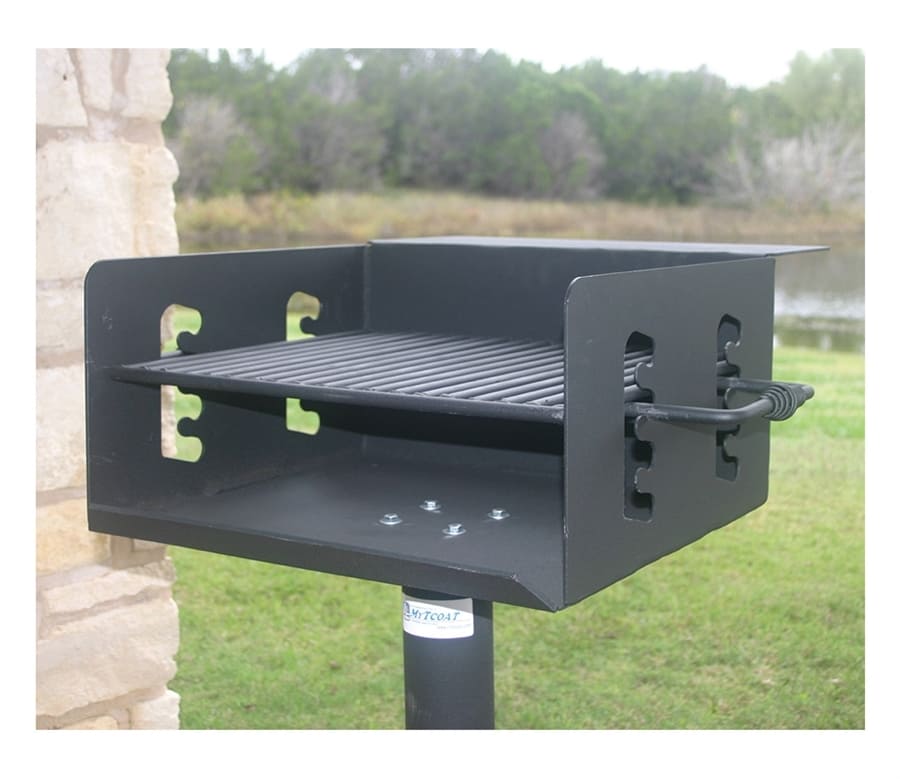
For over 20 years, family-owned Picnic Furniture has provided durable, commercial-grade park grills and outdoor furnishings. Picnic Furniture grills come with strong manufacturer warranties and our helpful customer service team ensures your satisfaction.
Our commercial-grade grills comply with the latest safety standards, environmental regulations, and accessibility codes so parks departments can create welcoming, compliant community amenities.
Elevate your next cookout with one of our premier, heavy duty grills:
- Single Pedestal Park Grills: Height-adjustable pedestal grills with a 360-degree swivel designed for public spaces like parks and campgrounds. Their sturdy steel construction and in-ground installation resist vandalism.
- Pavilion Group Grills: Extra large grills to accommodate big gatherings with spacious cooking surfaces and configurations for high capacity. Their roomy size allows quick grilling of batches of food like hotdogs and burgers for crowds.
- Fire Rings & Fire Pits: Contained fire rings with attached grills provide warmth and safer grilling for campgrounds and parks. Their durable steel construction safely contains the fire while allowing visitors to enjoy the community experience.
If you need a grill to withstand public use in parks or recreational areas, Picnic Furniture offers quality products with the service to match. Shop now for quality park grills.
Frequently Asked Questions
How far should park grills be from playgrounds?
Park grills should have a minimum clearance of 25 feet from playground structures, though 50 feet or more is safer. Allow substantially more distance from areas frequently used by small children to prevent accidental contact burns. Always check local ordinances, as some jurisdictions prohibit grills within 500 feet of play areas.
Can park grills be wood-burning?
Most parks prohibit open wood fires and limit fuel to propane or contained charcoal only for safety and ease of maintenance. Wood-burning fireplaces do appear in some large regional parks but require much more intensive cleaning and supervision. Check area laws, which commonly restrict wood fires for pollution and wildfire risks.
Who is liable if someone gets hurt at a public park grill?
Injuries from grills located on public park property are usually considered the legal liability of the municipal parks department responsible for security and upkeep. Users also share the responsibility to follow posted safety guidelines.
What fuel sources are allowed in public park grills?
Most jurisdictions limit park grills to either propane tanks or charcoal. Some prohibit both and only allow catered food. Check local ordinances for specifics on approved fuel types and any bans on combustible liquids like lighter fluid.
How do you properly dispose of ashes from a public park grill?
Park organizations must safely extinguish, contain, cool, and dispose of ashes from communal grills. Robust metal ash bins allow transport to designated collection points. Ensure that the coal is fully extinguished using water before removing the ash catcher trays.















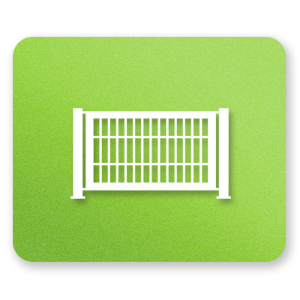







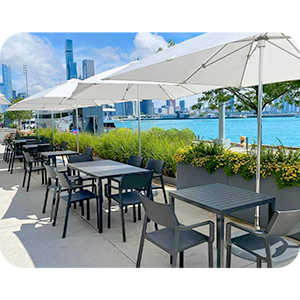
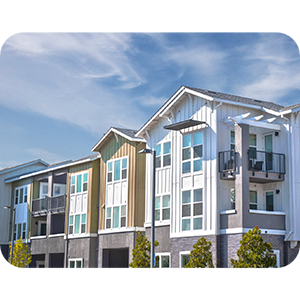





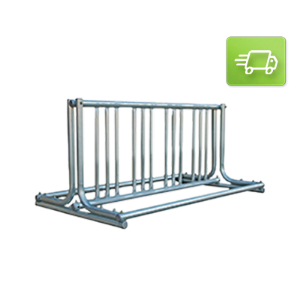




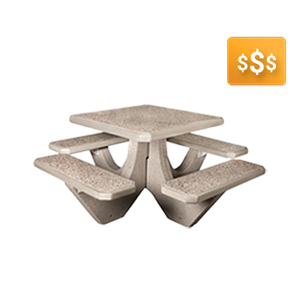



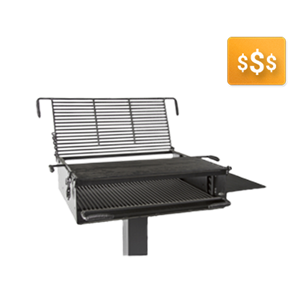








Leave your comment